This September, the National Institute on Drug Abuse (NIDA) released an online series titled “Science to Medicine” as an educational piece on medication-assisted treatment.
The series, which is part of NIDA’s physicians’ outreach initiative, NIDAMED, allows clinicians and practices to read testimonies and information pertaining to medication-assisted treatment in several setting, tailored to the clinicians’ needs. “Science to Medicine,” which NIDA describes as a “toolkit,” is intended to give clinicians the tools and information they need to begin offering MAT.
“Science to Medicine” focuses specifically on MAT using a buprenorphine-naloxone combination drug. Buprenorphine is one of the drugs mostly commonly used in MAT, along with methadone and naltrexone (Vivitrol®). Buprenorphine is valued for its “ceiling effect” which makes it far less likely to contribute to an overdose than methadone. It is sold under the brand names Suboxone® and Subutex®, among others.
NIDAMED’s Guide to Medication-Assisted Treatment
As opioid addiction continues to affect millions, medication-assisted treatment (MAT) has become a promising and respected therapy method. Sixteen major payers have endorsed the revolutionary method, and just this September the Opioid Crisis Response Act passed by the U.S. Senate loosened restrictions on MAT and created grant programs to go toward Medicare and Medicaid coverage of MAT.
The “Science to Medicine” series currently focuses on four varying topics, allowing site visitors to access information tailored to their specific specialty. The series has information focusing on MAT in the following four settings:
-
- Emergency Medicine Setting – A 2015 NIDA study suggest that MAT, initiated by emergency departments, increases engagement in opioid-dependent patients and reduces the risk of opioid misuse, as opposed to just a brief intervention and referral.
-
- Pediatric/Adolescent Medicine Setting – MAT in this setting is aimed at treating opioid addiction in children and young adults, mainly those in the range of 15-21 years old. Pediatric practices and medication-assisted treatment are especially compatible, as many of the skills necessary to engage young people in MAT—practicing family-based care, understanding developmental stages, and knowing how to speak to young people, for example—are all skills practiced by pediatricians every day.
-
- Federally Qualified Health Center Setting – “FQHCs are the place for community health, and people really need our help. It’s a perfect fit to integrate medication treatment for OUD in an FQHC – it’s truly holistic care – which is what FQHCs are all about,” says nurse practitioner Amanda Davis-Houchen.
- Primary Care Setting – Office-based opioid treatment (OBOT) programs provide another avenue for those with SUDs to seek treatment. Rather than undergoing medication-assisted treatment through a stand-alone drug treatment clinic, patients can receive treatment for addiction right through their physician. A 2008 study suggests success in OBOT for 50-80% of patients.
By sorting the series by setting, NIDAMED gives site visitors a more personalized experience that exposes them to the unique needs and barriers of entering MAT in each setting.
Tips for Success from Experts in the Field
Each section of NIDAMED’s “Science in Medicine” is structured around advice from clinicians who work in MAT in the chosen setting. The page for the primary care setting, for example, includes a section regarding “Insights From an Osteopathic Medicine Physician.” The first section then lists four tips on preparing your practice for MAT, written by Dr. Marla Kushner, Medical Director of New Hope Recovery Center in Chicago:
-
- Train front desk staff and get their buy-in
-
- Consider accepting insurance for MAT
-
- Consider the logistics of induction visits
- Identify community resources
By basing their educational series around testimonies from addiction treatment professionals, NIDAMED lets clinicians learn directly from others in their field who have already experienced the “growing pains” of entering MAT firsthand. The insights of these clinicians give site visitors a more personal experience and expose them to tips only those who have worked in MAT would know.
NIDAMED also takes steps to reach out to professionals working not just in different settings, but in different capacities in those settings. All in all, the series includes testimonies from Dr. Kushner, physician’s assistant Bernard Stuetz, pediatrician Deepa Camenga, physician Krista Brucker, senior resident Alister Martin, and nurse practitioner Amanda David-Houchen.
Click here to visit “Science to Medicine” on your own and navigate through an educational experience tailored to you.
Contact AZZLY® for more information on how a EMR specific to SUD providers can support medication-assisted treatment clinics in addressing the opioid epidemic, and follow us on Facebook to keep up with breaking news in the addiction treatment industry, written by AZZLY’s industry experts.




